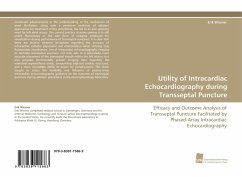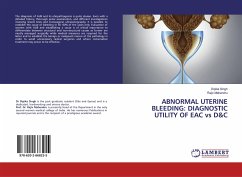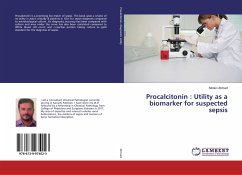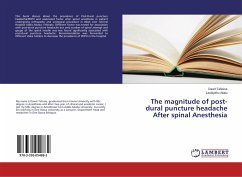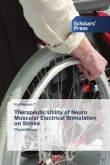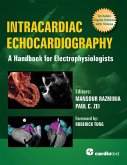Continued advancements in the understanding of the mechanism of atrial fibrillation, along with a persistent evolution of ablation approaches for treatment of this arrhythmia, has led to an ever growing need for left atrial access. The current practice at many centers is to still utilize fluoroscopy as the sole form of imaging employed for visualization during performance of transseptal puncture. It is clear that there are distinct inherent limitations regarding the accuracy of intracardiac catheter placement and manipulation when utilizing only fluoroscopic visualization. Use of intracardiac echocardiography imaging to facilitate transseptal puncture not only aids in a potentially more accurate placement of the transseptal sheath within the left atrium, but also provides incrementally greater imaging data regarding the interatrial septum/fossa ovalis, surrounding adjacent cardiac structures, and a more immediate ability to assess for complications. This study sought to assess the feasibility and influence of phased-array intracardiac echocardiography guidance on the outcome of transseptal puncture during ablation procedures in the electrophysiology laboratory.
Hinweis: Dieser Artikel kann nur an eine deutsche Lieferadresse ausgeliefert werden.
Hinweis: Dieser Artikel kann nur an eine deutsche Lieferadresse ausgeliefert werden.

